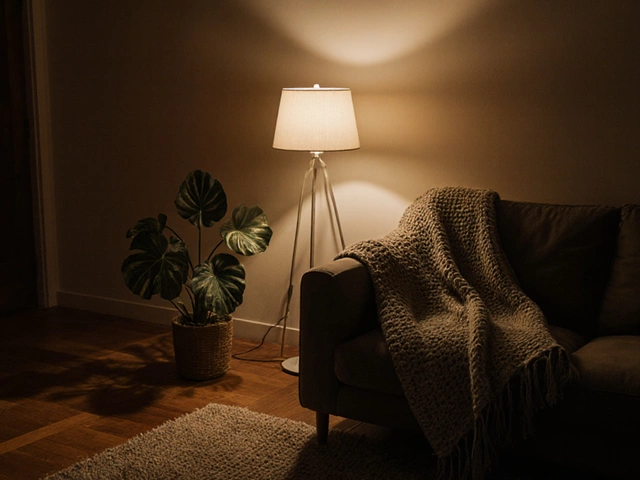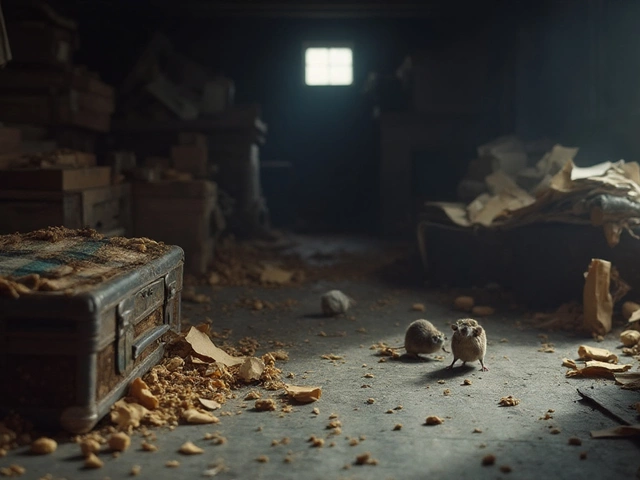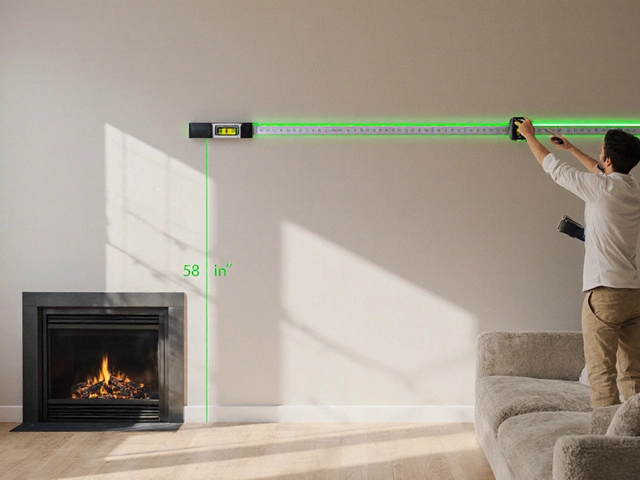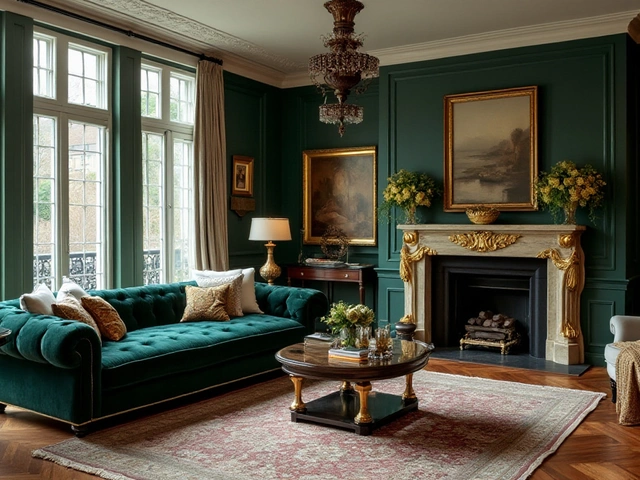Painting Surface Area: Measure, Calculate, and Choose the Right Paint
When planning a fresh coat, painting surface area, the total square footage of walls, ceilings, or trim that will receive paint. Also known as paintable area, it determines how much paint you need and guides budgeting. Understanding the painting surface area saves you from buying too much or too little, and it helps you pick the right finish for each room.
One of the first related ideas is wall art, decorative pieces that hang on painted surfaces. The size of your wall art directly influences how much surface you’ll actually cover. A large canvas may hide imperfections, while a gallery wall of smaller frames creates visual interest but leaves more exposed paint. Knowing the dimensions of both the artwork and the surrounding space lets you strike a balance between coverage and design.
Accurate numbers also power a reliable paint calculator, a tool that converts surface measurements into paint volume. Most calculators ask for wall height, width, and any openings like windows or doors. The result is a clear estimate of gallons or liters needed. This simple equation—painting surface area ÷ coverage rate = paint required—turns vague guesses into concrete plans.
Why Precise Measurements Matter in Interior Design
From an interior design, the practice of shaping indoor spaces to be functional and beautiful perspective, paint isn’t just a coating; it sets the mood, defines zones, and interacts with light. A room with high ceilings and long walls needs more paint but also offers opportunities for dramatic color statements. Conversely, a compact bathroom benefits from lighter shades that visually expand the space. By linking painting surface area to room dimensions, you can choose hues that enhance proportion and flow.
Don’t forget the practical side of room measurements, the process of recording height, width, and depth of interior spaces. Start by sketching a simple floor plan, noting each wall’s length and height. Subtract the area taken up by windows, doors, and built‑ins. Multiplying the remaining numbers gives the total square footage you’ll paint. This step is the backbone of any paint project, whether you’re a DIY enthusiast or hiring a pro.
When you combine these pieces—accurate painting surface area, thoughtful wall art placement, reliable paint calculator output, and solid interior design goals—you end up with a paint plan that’s both cost‑effective and visually pleasing. Below you’ll find a curated set of articles that walk you through each stage, from measuring walls to selecting the perfect finish, so you can start your next makeover with confidence.






